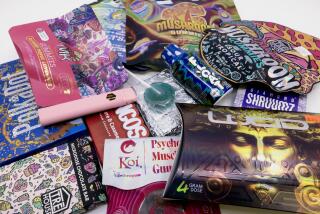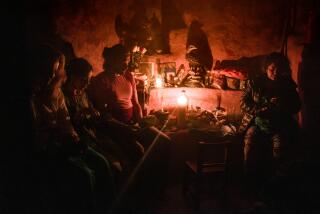Don’t Trifle With Truffles
The wild mushroom poisonings last week in Northern California underscore the need for exercising extreme caution while harvesting fungi.
Although no truffle species is believed to be toxic, care should still be taken before consuming any of the underground bulbs, according to James M. Trappe, professor of botany at Oregon State University.
“Just like any other kind of food, truffles can affect people adversely and there is no way to predict this for any individual,” Trappe said. “So, if one should find a truffle, then try a very small amount the first time to make sure that it doesn’t have any negative effects.”
People suffering from allergies should also take care before consuming any wild fungi, he added.
Death caps, the wild mushroom species thought responsible for the recent poisonings, actually bear some resemblance to small truffles during an early growth stage. This strain of toxic mushroom forms little round bulbs in the soil before breaking through the surface to spread their caps, Trappe said.
One way of determining whether a below-ground fungi is a truffle or mushroom is to slice the bulbs vertically, he said.
“If it has the inside appearance of a miniature mushroom, then it should be discarded,” Trappe said.
The best protection, of course, is to go mushroom gathering or truffle hunting with an experienced mycologist or a botanist, Trappe said. The assistance will make the trip more effective and safer.


